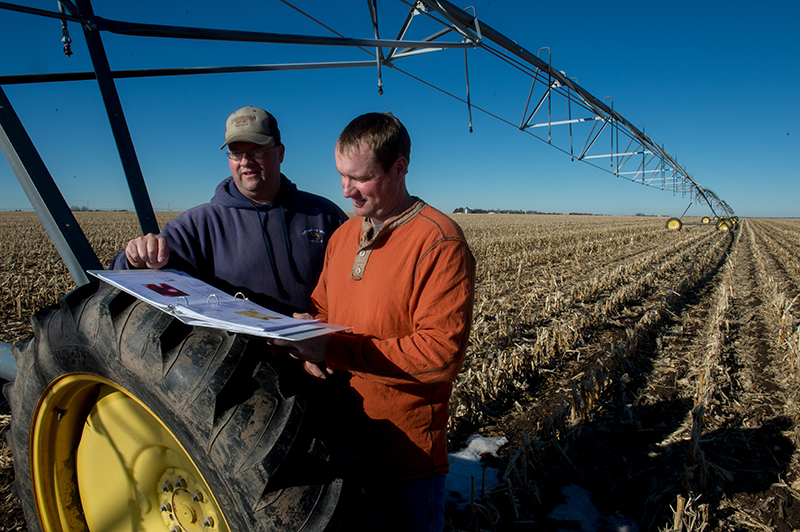MACA Annual Meeting: The State Of World Leaders
As industry analysts and market watchers begin looking ahead to 2011, there are still many questions left unanswered. Is the U.S. headed for a double-dip recession? Will agriculture be negatively impacted if this does happen? And what’s up with the world’s now-second largest economy, China?
At the annual Mid America CropLife Association (MACA) meeting, held in early September in West Des Moines, IA, two different presenters attempted to answer these questions. First to speak was James Heseman, senior vice president, U.S. & Canada sales for John Deere Credit.
According to Heseman, the past year for U.S. agriculture has been fairly negative. Overall, farm income levels fell 27% during 2009 to just over $54 billion based upon USDA estimates. Furthermore, U.S. growers faced significant increases in their fuel and land rent costs, up 17% and 19%, respectively. On the plus side, grower fertilizer costs dropped 13%, feed expenses were down 8% and seed costs were off 7%.
“Based upon the data we have collected, growers didn’t necessarily buy any less seed in 2009 vs. 2010,” said Heseman. “So what seems to have happened is that they bought cheaper varieties of seed instead.”
Moving forward, Heseman believes the financial picture for U.S. growers will remain somewhat uneven. Overall, based upon USDA estimates, U.S. growers will harvest 87.9 million acres of corn this year, one of the largest years on record.
“We expect input prices for growers to increase during 2011,” he said. “Unfortunately, this will offset any increase in revenue growers would see from higher grain prices. And unlike in recent years, ethanol demand will not drive corn prices any further ahead.”
China Patterns
In terms of China, speaker Mark Lu, executive chairman of Rotam Global AgroSciences Ltd., attempted to paint a market snapshot for attendees rather than give a yearly update. According to Lu, there are more than 750 million growers in the country — an impressive figure until you look more closely at average farm size.
“In China, most farmers are only farming between one-half and one-third acre of land,” he said. “This means that the most common crop chemicals are not sold in multi-liter drums, but small pouches that are mixed by hand with water by the farmers themselves.”
Although the country is large and geographically diverse enough to grow many crops, he added, soybean makes the lion’s share of crop mix at 66.7%, followed by cotton at 5.8%.
In terms of crop protection production, China is one of the world leaders, manufacturing more than 1.2 billion tons annually in recent years. However, most of this ends up being shipped to overseas markets.
“On average, China consumes only 320,000 tons of active ingredients locally,” said Lu. “The other 900,000 tons is exported, which is a very impressive number when you consider this is the same amount that is exported by the U.S., Brazil and the European Union combined.”






